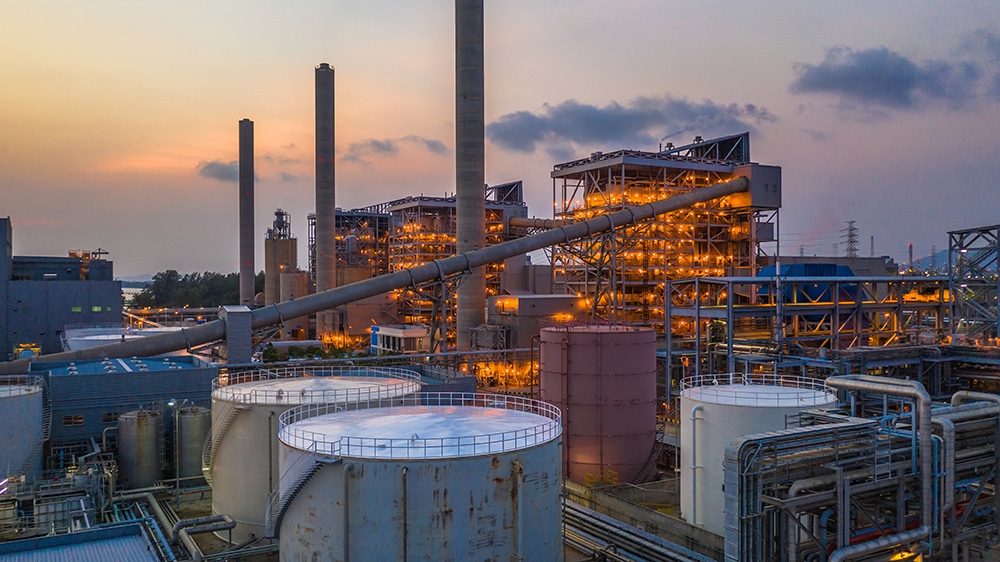Tata Steel Ups its Game at Port Talbot With $1.56B Overhaul

Tata Steel recently signed an agreement to install a new pickling line at its Port Talbot site in Wales. The steel industry leader’s latest move will offer 50% more capacity than the existing line. According to the company’s April 9 announcement, the new equipment will have an annual capacity of 1.8 million metric tons and will employ up to 220 people during construction.
The UK Steel Industry Should See the New Line by 2028
A source within the company told MetalMiner that Tata expects to commission the line in Q4 2027. They also stated that the previous pickling line had an annual capacity of 1.2 million metric tons. Pickling lines use acid baths to descale hot-rolled coil and remove other impurities before the material undergoes cold rolling.

French company Clecim will design and supply the mechanical process equipment for the line, while a Swedish company will provide the electrification and automation technology, Tata said. “With the pre-engineering phase completed, both companies are now moving forward with detailed engineering,” the company added.
The global steel industry is changing fast. Avoid costly sourcing mistakes and time your purchases with precision with weekly insights from MetalMiner’s weekly newsletter.
One Part of Port Talbot’s Multi-Billion-Dollar Makeover
The work is part of Tata Steel’s £1.2 billion ($1.56 billion) project to transition Port Talbot to green steelmaking by replacing its two blast furnaces and converter shop with two electric arc furnaces, or EAFs.
Tata hopes to commission the new furnaces by 2027, and expects they will have a listed crude steel capacity of 3.5 million metric tons per year—more than 30% lower than the 5 million metric tons previously produced via the blast furnace/basic oxygen furnace route.

However, in 2022, the plant produced less than half that volume, pouring just 2.2 million metric tons. Tata also shut down Port Talbot’s blast furnaces and closed the converter shop in 2024. The company planned to bring in slab from other sites to continue rolling operations while replacement work on the hot end was underway.
In addition to replacing the blast furnaces and basic oxygen converter with EAF technology, other planned upgrades at Port Talbot include installing the new pickling line, upgrading the continuous slab caster and modernizing the hot strip mill.
Don’t let steel tariffs and changes in the steel industry send you into a panic about revenue. Read MetalMiner’s free Comprehensive Steel and Aluminum Tariff Guide.
